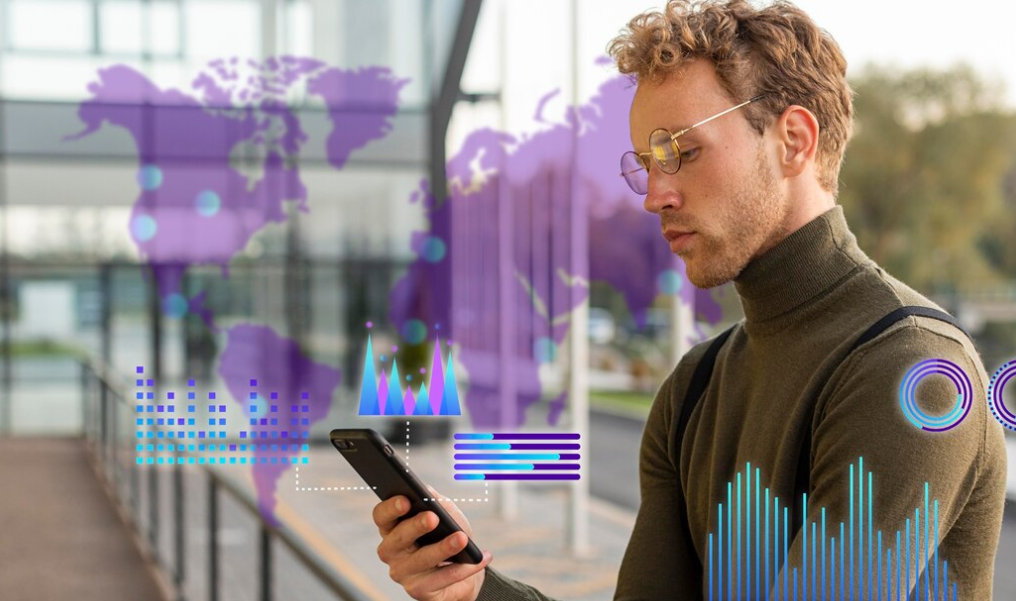Voice-activated technology has come a long way from simple commands like “play music” or “set a timer.” Today, it’s rapidly evolving into a powerful interface that is transforming the way we interact with devices, access information, and control our environments. As voice recognition systems become smarter and more intuitive, they are poised to revolutionize homes, workplaces, and even the way we connect with each other.
The Rise of Voice Interfaces
The widespread adoption of voice assistants like Amazon Alexa, Google Assistant, Siri, and Microsoft Cortana has brought voice-activated technology into the mainstream. These systems are now integrated into smartphones, smart speakers, cars, and even household appliances.
Voice interfaces offer hands-free convenience, faster access to information, and increased accessibility for people with disabilities or those less comfortable with text-based interfaces. As natural language processing (NLP) and machine learning improve, these systems are becoming more conversational and context-aware.
Beyond Smart Speakers: Expanding Use Cases
While smart home control remains a key use case, voice technology is expanding into new domains:
- Healthcare: Doctors use voice tools to transcribe notes, while patients can interact with voice-enabled health monitoring devices.
- Automotive: Drivers can navigate, send messages, and control vehicle functions without taking their eyes off the road.
- Customer Service: AI-powered voice bots handle routine queries, freeing up human agents for complex issues.
- Education: Voice assistants help students learn languages, answer questions, and engage in interactive study sessions.
These applications demonstrate how voice technology is moving from novelty to necessity in many sectors.
Challenges to Overcome
Despite the promise, voice-activated systems face several challenges:
- Accuracy: Accents, background noise, and speech impairments can reduce recognition accuracy.
- Privacy: Always-on microphones raise concerns about data collection and surveillance.
- Security: Voice spoofing and unauthorized access are real risks that require advanced authentication methods.
- Context Understanding: While improving, many systems still struggle to grasp nuance, intent, and complex dialogue.
Solving these challenges will be essential for widespread adoption and trust in voice-based technology.
What the Future Holds
The next decade will bring major innovations in voice technology:
- Multilingual and Multimodal Systems: Devices will seamlessly switch languages and combine voice with facial expressions, gestures, or screen-based cues.
- Emotion Recognition: Advanced systems will detect mood and emotional tone to offer more empathetic responses.
- Personalized Experiences: AI will adapt to users’ preferences, routines, and speech patterns for hyper-personalized interactions.
- Integration with IoT and AI: Voice control will become the default interface for smart homes, wearable devices, and autonomous systems.
In the long term, we may even see “ambient computing” environments, where voice interactions happen naturally in the background of daily life, without the need to call out specific commands.
Conclusion
Voice-activated technology is redefining human-machine interaction. As it becomes more intelligent, secure, and emotionally aware, it will offer new levels of convenience, accessibility, and personalization. The future of voice is not just about giving commands—it’s about creating seamless, intuitive experiences that fit effortlessly into our lives.


